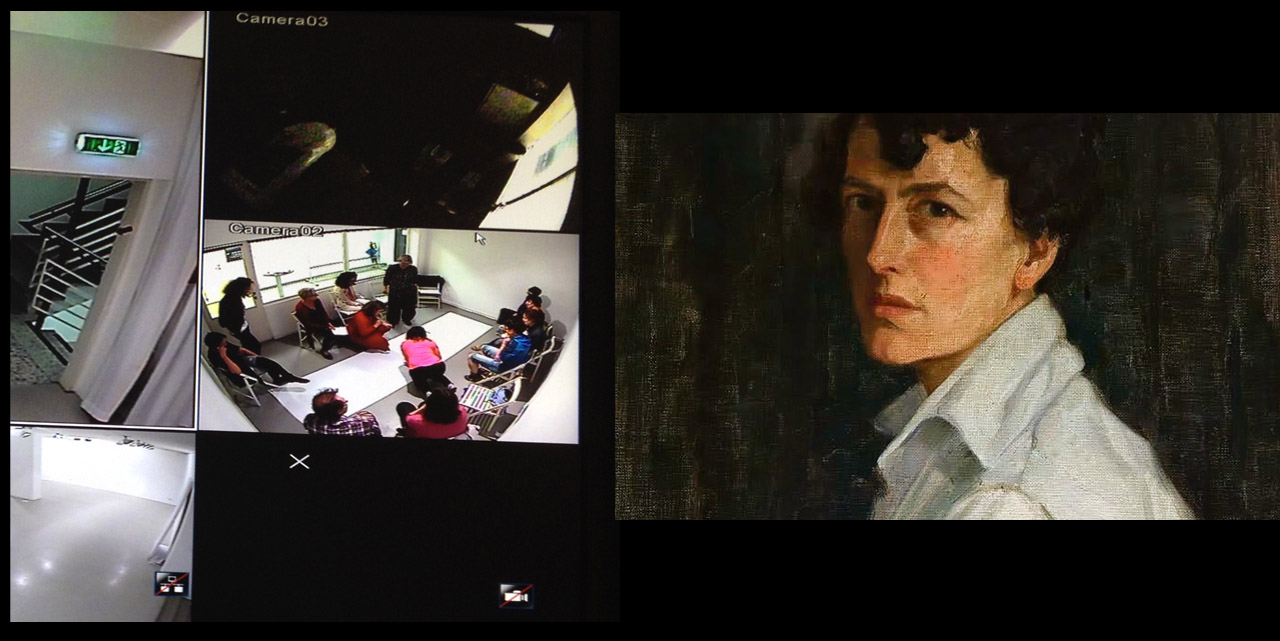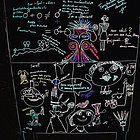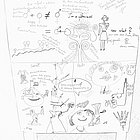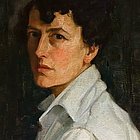Program 6.11.2019 (only in English available)
Dordićeva 8a/II, Zagreb
4:00 PM
Biographical Workshop by Rosalia Kopeinig | workshop
This workshop is an invitation for people who are interested in reflecting their own biographical stories around the theme. Telling the own story is sometimes also telling an alternative his/her*story contrary to the common history of a generation of a city.
All this implies a discussion of memories, which reveal personal experiences and attitudes thus granting access to social realities on a subjective and socio-historical level.
Rosalia Kopeinig is a psychologist, she is a team member of Mapping the Unseen
6:00 PM
Leonida Kovač: Fierce Women – Nasta Rojc | lecture
Nasta Rojc is one of the most important female Croatian painters, whose oeuvre is primarily composed of portraits, self-portraits and landscapes. Rojc comes from a prosperous background, but she had to persevere in spite of her father in order to start her education as a painter at Oton Iveković’s private school. There she befriended another painter, Branko Šenoa, with whom she would, due to an agreement with her father, conduct a formal marriage a decade later. She continued her studies as a painter, first at Vienna’s Kunstschulefür Frauen und Mädchen and later in Munich where she attended Heimann’s school together with Miroslav Kraljević. She set up numerous solo and group exhibitions in Croatia and abroad, with the 1925 exhibition in London being a notable success. She also founded the all-female Artist club in 1927.
The life and work of Nasta Rojc is also of great importance for Croatian queer history. After World War I, Rojc met her partner Alexandrina Onslow, a member of Scottish Women’s Hospitals for Foreign Services, as well as the famous British suffragette Vera Holme, two women with whom she stayed in Scotland and England over the course of 1925 and 1926. Upon her return to Croatia, Rojc and Onslow, two exceptional women, were among the first to live openly in a same-sex partnership in Zagreb. Because of their contribution to the National Liberation Movement, both of them were imprisoned in 1943. The assets that had been taken from them were not restored even after the end of World War II, so Nasta Rojc died in poverty on her birthday in 1964, fifteen years after Onslow, next to whom she was buried at the Mirogoj cemetery in Zagreb. All of this is a testament to Rojc as an artist and a fierce woman whose turbulent life was well beyond the idea of a woman’s life at the time, marked by pushing the envelope, subverting norms and expectations in all segments of her life.
Leonida Kovač is an art historian and theorist, a curator and an associate professor at the Zagreb Academy of Fine Arts. Since the mid-1980s she has been intensely devoted to the feminist deconstruction of heteronormative discourses with a focus on representation regimes, more specifically, the structural violence in the discourse of (and about) art and visual culture. She has created and displayed about thirty exhibitions, with notable highlights being exhibitions on Nan Hoover, Duba Sambolec, Katarzyna Kozyra, Orshi Drozdik, Dorothy Cross, Rita Duffy, Nasta Rojc and Edita Schubert. She was a confidante and curator of the Croatian pavilion at the Sao Paolo Biennale (2002) and the Venice Biennale (2003), where she presented a series of self-portraits by Ana Opalić in the exhibition The Cause of Visibility. Kovač was elected vice-president of the International Association of Art Critics from 2002 to 2005.




